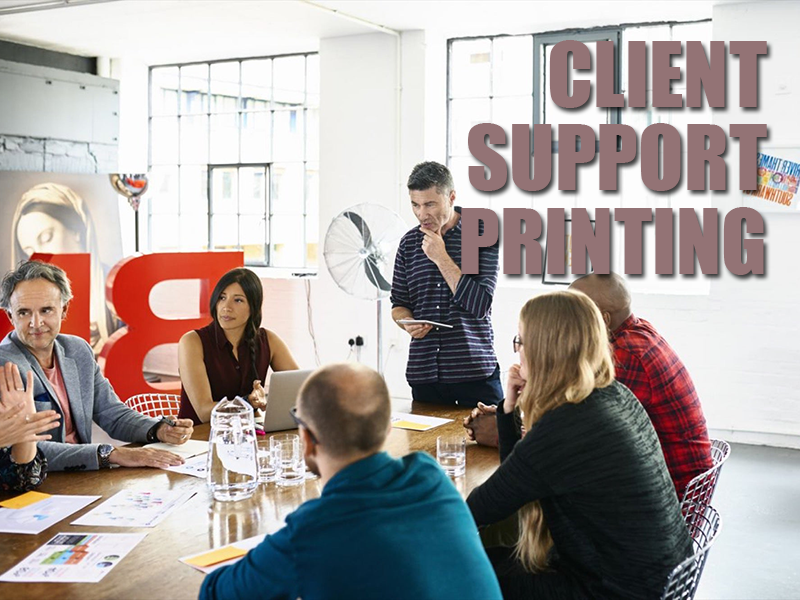-
We Know Professional Services
We're the leading marketing agency for B2B professional services companies.
-
International Marketing Company
Build the next big thing with a full-service digital/traditional agency.
-
Drive More Revenue
Digital marketing services provide businesses of all sizes with an opportunity to market their brand 24/7.

Printing and typesetting
Printing is a process for reproducing text and image, typically with ink on paper using a printing press. It is often carried out as a large-scale industrial process, and is an essential part of publishing and transaction printing. Ordering print can get pretty complex, what with choosing the right artwork, the right type of materials and ink, the right finishing and binding – not to mention choosing the right printer to help you make all these thousands of little decisions.
Digital printing
Digital printing is the reproduction of digital images on physical surface, such as common or photographic paper, film, cloth, plastic, etc. It can be differentiated from litho printing in many ways, some of which are; Every impression made onto the paper can be different, as opposed to making several hundred or thousand impressions of the same thing from one set of plates, as in traditional methods. The Ink or Toner does not absorb into the paper, as does conventional Ink, but forms a layer on the surface. It generally requires less waste in terms of chemicals used and paper wasted in set up. It is excellent for rapid prototyping, or small print runs which means that it is more accessible to a wider range of designers.
Printing and typesetting
Electrostatic printing
Using a process where toner sticks to a charged drum and is thermally fused on to a page - similar to photocopying - electrostatic printing is good for very short printing runs. Electrostatic printing is a process of printing without contact, without a typeform, and without ink. The paper is coated with a very thin layer of zinc oxide, which makes it an insulator while in the dark and a conductor of electricity when exposed to light. This paper is given a negative electrical charge in the dark. It is then exposed by light projected through a positive


Printing and typesetting
Emboss Printing Embossing is a technique which creates a raised, or 3-dimensional, image on a piece of paper. There are two ways to emboss: dry embossing and heat embossing. Dry embossing, also called relief embossing, is done using a stylus, stencil, and a few other supplies. Heat embossing, also called Stamp and Heat Embossing, is done using special powder, ink, and a heat source. This is a special printing process that makes an impression into thick paper over printed type or a design. The impression may be concave (rounded inward like a bowl) or convex (curved outward, like the exterior of a sphere or circle).
Skilled Printing
The embossing process can be applied to textiles as non-wovens to get better finished products as sanitary napkins, diapers, tissue paper and others. In printing it is used as an accent process and can be used in conjunction with ink called colour register embossing or with no ink called blind embossing. It also can be used with foil stamping which when embossed with foil is known as combination stamping or combo stamping. All of these processes use a die and counter die. Most types of paper and boards can be embossed and there are no restrictions on size.



